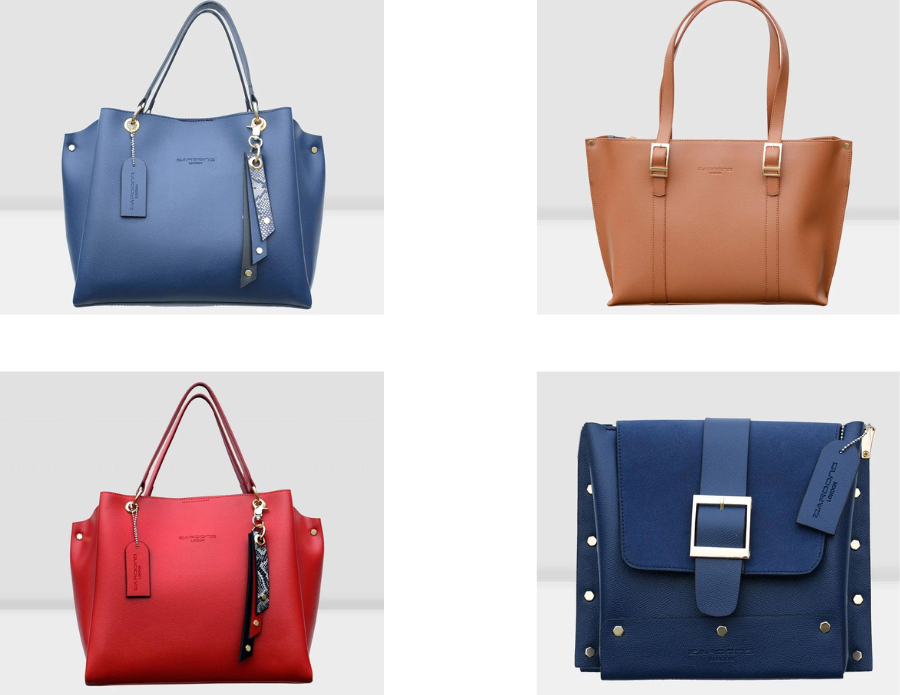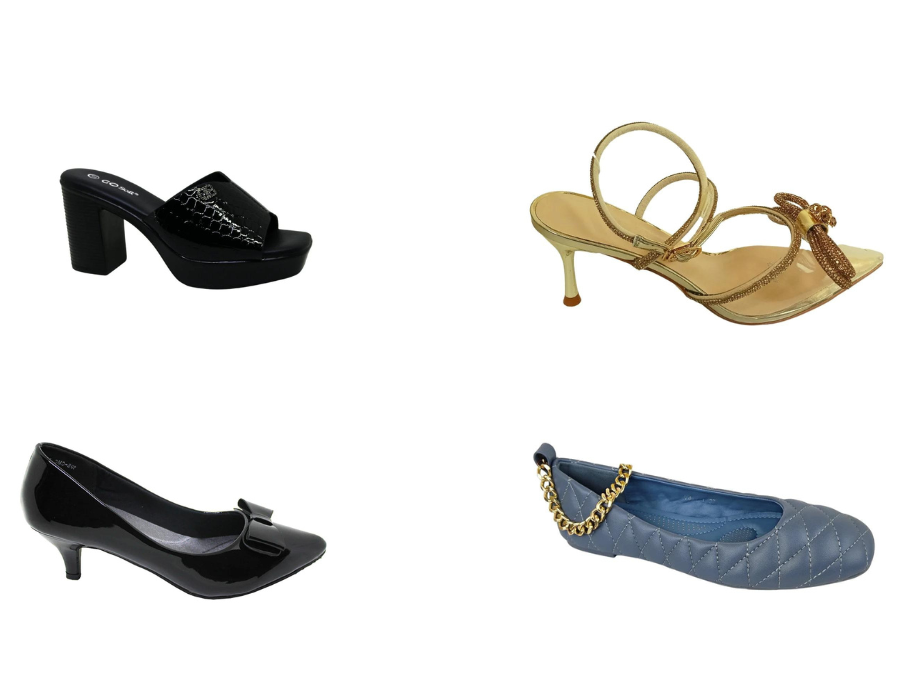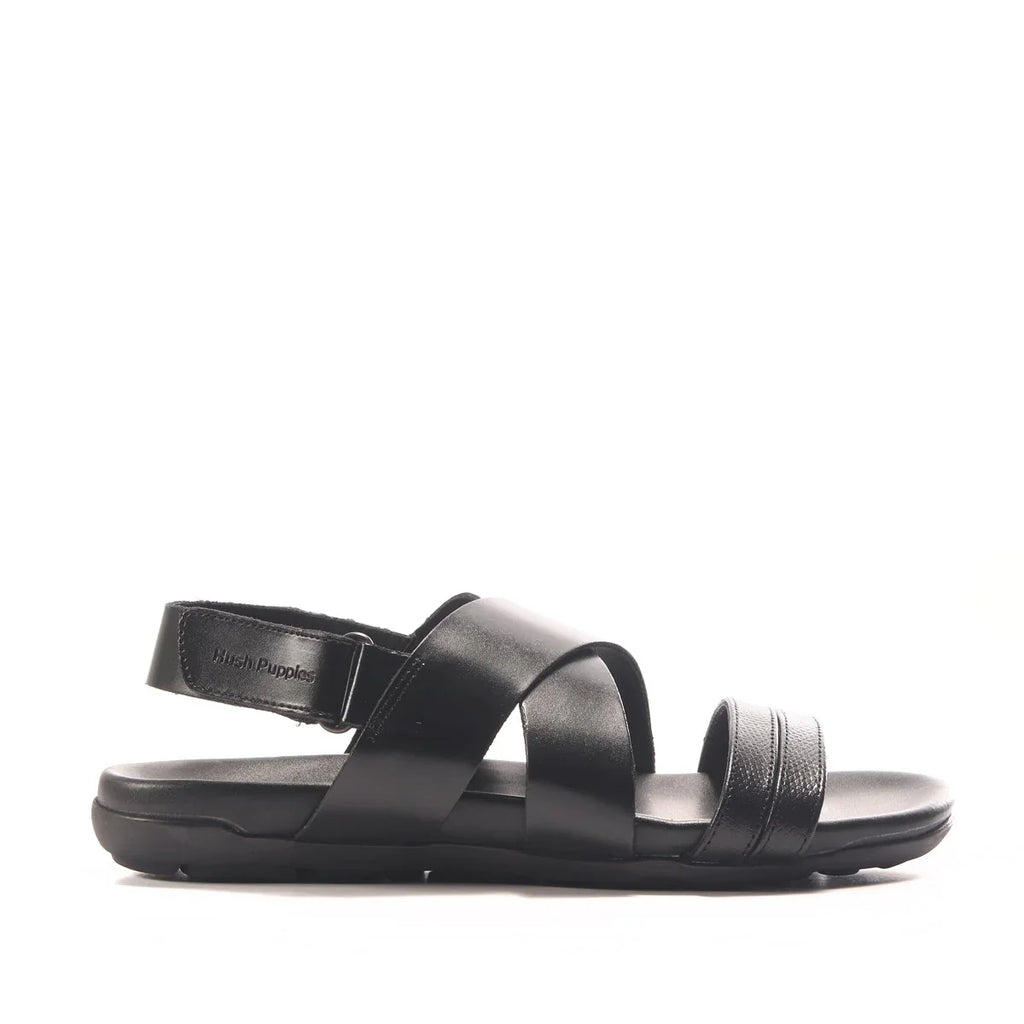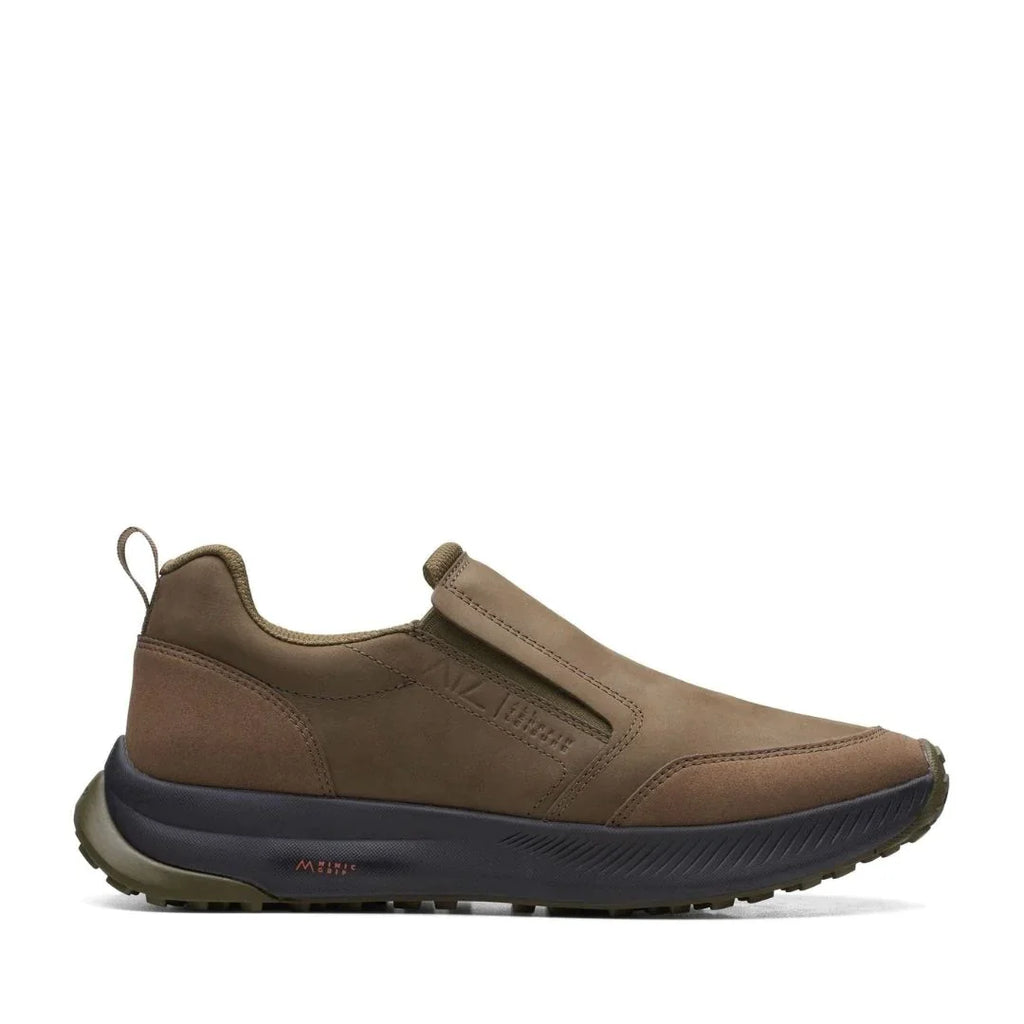
How to Choose the Right Pair of Shoes?

Get the right fit: Make sure the shoes fit well and provide enough room for your toes to move comfortably.
Arch support: If you have flat feet or high arches, choose shoes that offer the appropriate level of arch support.
Comfort: Select shoes that are comfortable to wear for extended periods of time.
Quality materials: Look for shoes made with high-quality materials that are built to last.
Breathability: Choose shoes that allow for good air flow to keep your feet dry and comfortable.
Budget: Set a budget and stick to it, but don’t sacrifice quality and comfort for a lower price.
Consider the type of activity
Yes, considering the type of activity is important when choosing shoes. Different activities have different demands on the shoes and the feet, so it's important to choose shoes that are designed for the specific activity. For example, running shoes have more cushioning and support for the feet, while hiking shoes are designed for rough terrain and provide more stability. Make sure to choose shoes that are appropriate for the activity you will be using them for.
Get the right fit
Yes, getting the right fit is crucial for comfort. Shoes that are too tight can cause discomfort and even lead to foot problems, while shoes that are too loose can cause blisters and affect your balance. To get the right fit, make sure to try on shoes at the end of the day when your feet are at their largest and make sure there is enough room for your toes to move comfortably. It's also important to walk or run around in the shoes to make sure they fit well and feel comfortable.
Arch support
Arch support is important for those with flat feet or high arches as it helps distribute weight evenly across the foot and reduces stress on certain areas openly. Shoes with good arch support can help prevent foot pain and discomfort. If you have flat feet, look for shoes with good cushioning and a higher arch. If you have high arches, look for shoes with good arch support and a lower profile. It's also a good idea to get your feet measured by a professional to determine the type of arch you have and choose shoes that provide the right level of support.
Comfort
Comfort is a crucial factor when choosing shoes. Shoes that are uncomfortable can cause foot pain, blisters, and even lead to long-term foot problems. To ensure comfort, look for shoes with soft, cushioned insoles, a good fit, and proper arch support. Avoid shoes with seams or rough edges that can irritate the skin. Make sure to try on shoes at the end of the day when your feet are at their largest and walk or run around in the shoes to make sure they feel comfortable. Comfort should always be a top priority when choosing shoes.
Quality materials
Quality materials are important in shoes as they can affect the durability and comfort of the shoes. Look for shoes made with high-quality materials such as leather, suede, or synthetic materials that are durable and long-lasting. Avoid shoes made with cheap, low-quality materials that can wear out quickly or cause discomfort. It's also important to choose shoes with well-constructed soles that can provide good traction and stability. Paying a little more for shoes made with high-quality materials can save you money in the long run by reducing the need to replace them as often.
Breathability
Breathability is important in shoes as it helps keep your feet cool, dry, and comfortable. Look for shoes with good ventilation, such as those with mesh or perforated materials, that allow air to circulate and keep your feet dry. Avoid shoes made with heavy, non-breathable materials that can trap heat and cause your feet to sweat. Breathable shoes are especially important for activities that involve a lot of movement and generate heat, such as running or hiking. Good breathability can prevent foot odor, blisters, and other foot problems associated with sweating.
Budget
Yes, setting a budget is important when choosing shoes, but it's equally important to not sacrifice quality and comfort for a lower price. While it may be tempting to choose the cheapest shoes available, it's often a false economy as shoes made with poor quality materials and poor construction can wear out quickly and cause discomfort, leading to the need for replacements and additional expenses. It's better to spend a little more on high-quality shoes that will last longer and provide better comfort. Consider the type of activities you will be using the shoes for, your budget, and the materials and construction of the shoes to make a balanced decision that will provide good value for your money.






































